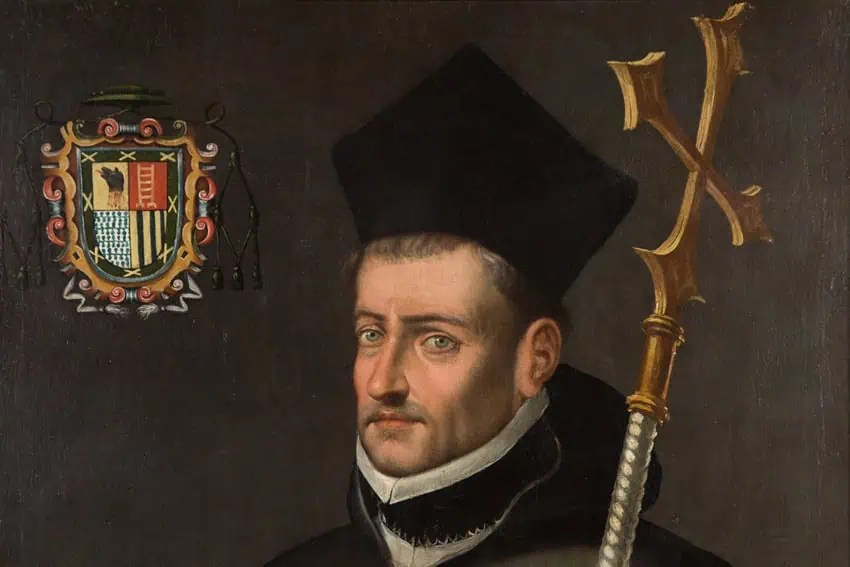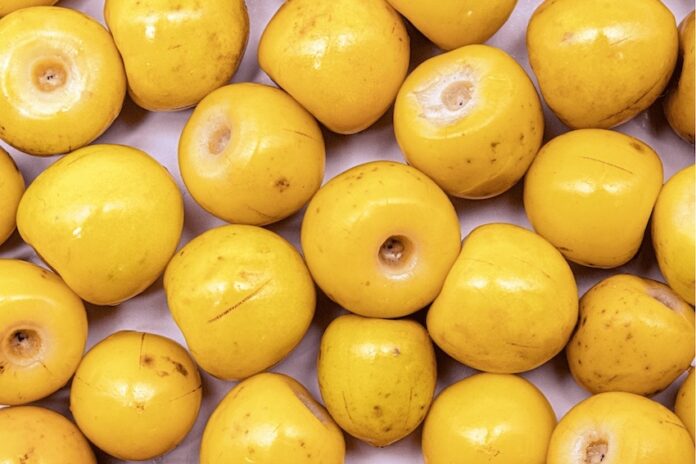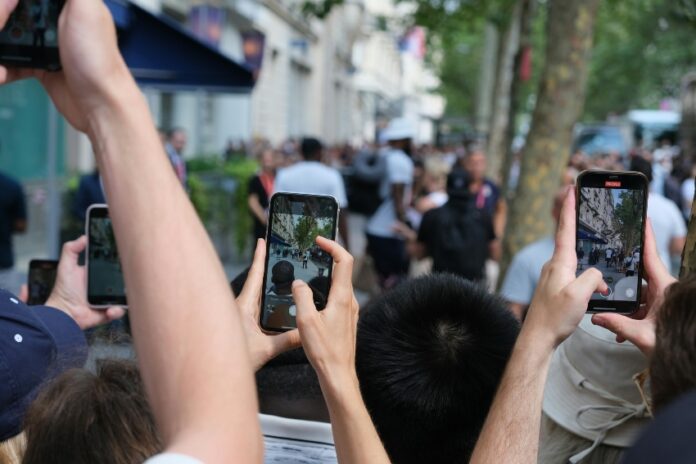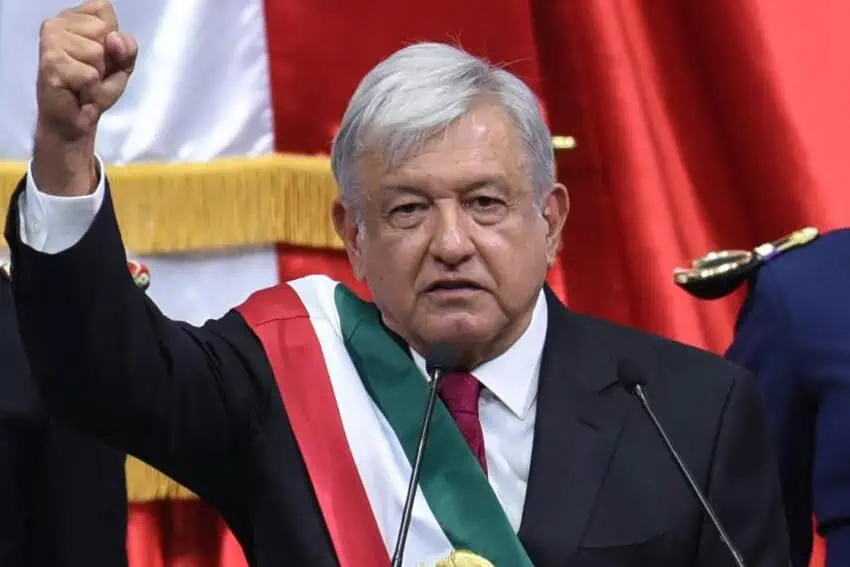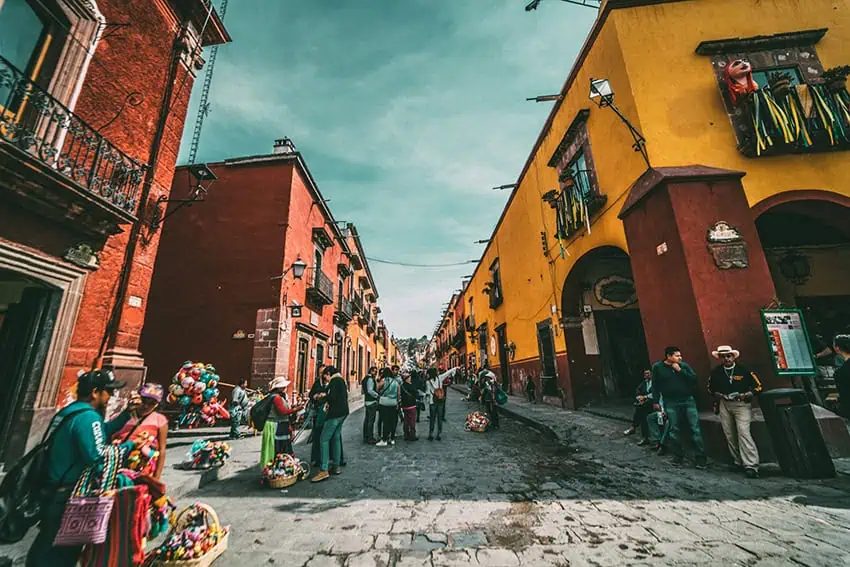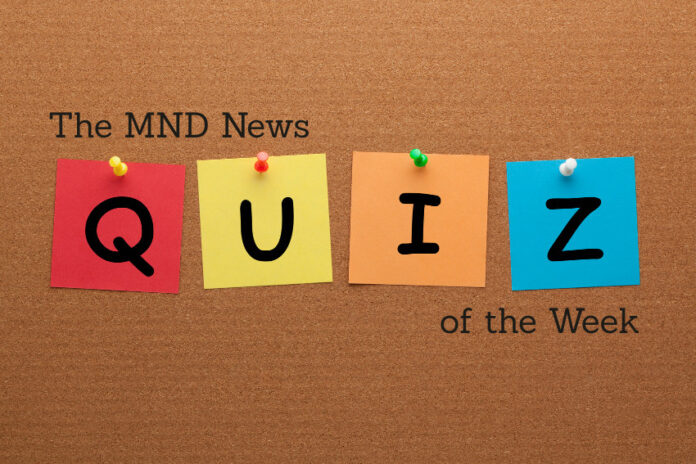On a calm morning in Puerto Vallarta, fishermen still cast their nets along the Bay of Banderas as humpback whales breach offshore. But behind the postcard views, cranes loom over new condominium towers and bulldozers reshape once-fertile farmland. The city’s rapid growth is undeniable, and with the airport’s expansion well underway and ready for opening in 2026, there are no signs of slowing down. The questions about whether or not Puerto Vallarta’s beauty can be sustained without losing what makes the region extraordinary is top of mind for local environmentalists and residents.
“Puerto Vallarta remains a remarkable destination with the mountains and ocean,” says Astrid Frisch Jordan, operations manager at Ecotours Vallarta. “But over the past decade, growth has accelerated dramatically. Without regulations to preserve certain areas, it will become increasingly difficult to protect the environment and peoples’ way of life.”

For Frisch and her partner, Karel Beets, founder of Ecotours Vallarta, the challenge lies not only in the pace of development but in how evenly the city’s infrastructure has kept up.
“Cities don’t always expand in step with critical services such as water supply, electricity, and sewage treatment,” Beets notes.
The surge in vacation rentals, new residents, and seasonal tourism places unpredictable pressure on those systems.
“Much of the growth is driven by a floating population,” Frisch says. “At certain times of the year we are at capacity, while others it’s less intense.”
Puerto Vallarta’s leaders are aware of the stakes. This month, local business leaders from the Puerto Vallarta and Bahia de Banderas Business Association met with municipal officials to review the city’s new Territorial Planning Plan, a guiding document designed to manage urban growth and safeguard the city’s appeal as a top tourist destination.
The meeting addressed many of the concerns raised by Frisch and Beets: ensuring reliable water supplies, upgrading sewage and drainage systems, expanding recycling and waste collection, and aligning development with river drainage patterns to protect coastal waters. Officials also presented proposals for green corridors, tree-planting initiatives, and pollution monitoring.
The challenges aren’t just anecdotal. A 2023 study, “Towards a Smart Tourist Destination: Improving Quality of Life in Puerto Vallarta” in the International Journal of Sustainable Development and Planning, found that the Puerto Vallarta Metropolitan Zone, spanning two states and three municipalities, remains at a basic level in several areas critical to sustainable tourism.
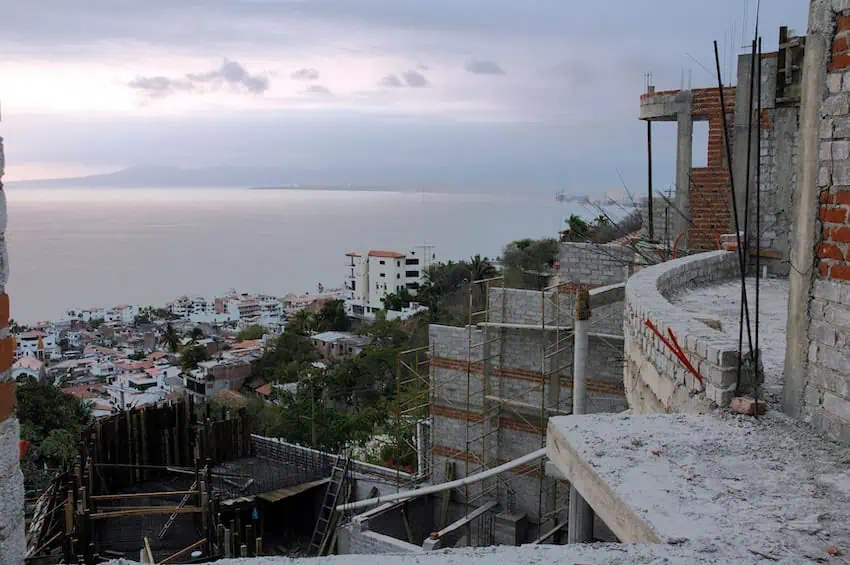
The research, which surveyed residents, tourists, and government representatives, revealed that governance and inclusion are the most significant weaknesses. Locals reported poor coordination between government, businesses, and society, as well as limited participation in decision-making. Tourists noted the lack of integration of local communities into tourism activities and the presence of segregated areas.
The research emphasized that sustainable development is a pressing need, particularly in managing environmental limitations and natural resources responsibly. The ICT (Information and Communication Technology) infrastructure for tourism information is underdeveloped, limiting both visitor experiences and community engagement.
The study recommended strengthening governance frameworks, improving ICT access, ensuring inclusive tourism benefits, adopting sustainable territorial planning, and prioritizing environmental preservation.
Beyond urban planning, Ecotours Vallarta sees the environmental impact firsthand. More people on the beaches, in the ocean, and the surrounding mountains means more pressure on the wildlife that draws visitors in the first place.
“We are at a critical moment in terms of protecting this place,” Frisch says. “Wildlife is one of our greatest assets, but it is under increasing pressure. Development is outpacing infrastructure and regulation, yet we, along with the government and the community, are working to keep up, because people want this destination to remain sustainable.”
Ecotours incorporates conservation into its business model by offering small-group tours led by biologists and partnering with organizations such as the Boca de Tomates Turtle Camp and Ecologia y Conservacion de Ballenas. Guests contribute directly through donations and activities, from releasing turtle hatchlings to assisting in whale research.
For Frisch and Beets, sustainability is not solely the responsibility of the city. Travelers themselves play a decisive role.

“Visitors have more influence than they may realize,” said Frisch. “Mexicans are naturally welcoming, and we aim to make people happy. Sometimes operators will bend the rules to please guests, but it can work in the opposite direction, too. If a tourist says, ‘I’d prefer not to use a plastic straw,’ or during whale watching, ‘We seem to be too close to the animals,’ that feedback has real impact.”
They encourage travelers to seek out operators who follow environmental regulations, research local rules before booking activities, and choose experiences that prioritize ecological integrity over convenience.
“Avoiding single-use plastics is an important step, but it’s equally important to understand why,” said Beets.
Astrid shares an anecdote about requests for jet ski operators to decorate their vehicles with balloons for guests for celebratory events like proposals or birthdays. “It looks good for the photo, but few people realize that balloons can be fatal to marine life.”
In 2024, Luis Ernesto Munguía González was elected mayor under the Green Ecologist Party of Mexico, signaling official recognition that unchecked development must be mitigated. His administration has emphasized environmental priorities, but reception has been mixed. Supporters praise his commitment to sustainability on paper, while critics question the effectiveness and enforcement of his policies amid relentless construction and tourism growth.
The Territorial Planning Plan, currently under discussion, along with calls from academics, conservationists, and business leaders, offers an opportunity to guide Puerto Vallarta toward a more sustainable future. The challenge is coordinating across multiple jurisdictions to set clear regulations, invest in infrastructure, and educate both residents and visitors.
For Ecotours Vallarta, the way forward depends on preserving the bay’s natural treasures. “We are at our limit,” Frisch warns. “We could lose the very qualities that make this place special. Achieving balance is the only way to ensure that this bay remains the paradise it is.”
And while the cranes continue to swing and the tides continue to roll in, the central question remains: can Puerto Vallarta continue to grow without eroding its essence? For now, the answer will depend on the collective choices of policymakers, business leaders, residents, and travelers, all of whom hold a stake in protecting the bay.
Meagan Drillinger is a New York native who has spent the past 15 years traveling around and writing about Mexico. While she’s on the road for assignments most of the time, Puerto Vallarta is her home base. Follow her travels on Instagram at @drillinjourneys or through her blog at drillinjourneys.com.


